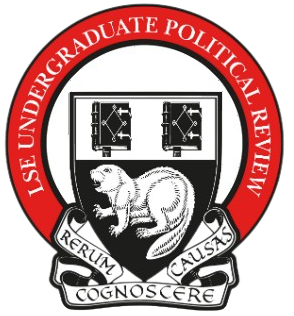Written by: Anna Kayani
Section 29 of the Counterterrorism and Security Act, enacted in 2015, is known as the ‘Prevent Duty’. This duty is legally incumbent on public sector workers at schools, nurseries, universities and other institutions, who are trained to identify and report signs of ‘radicalisation’ and ‘extremism’. To this end, the Prevent strategy has overtly sought to engage Muslim communities.
A growing body of academic literature has charged Prevent with framing Muslims as a suspect community in order to legitimise its ultimate aim of “domesticating British Islam” (O’Toole et al., 2015) and, in Foucauldian terms, discipling Muslims. Indeed, the ‘risk-factors’ outlined by Prevent are statistically shown to disproportionately target – and pathologise – the religious practices of the Muslim community. For example, children have been asked how often they pray as part of referrals made under the Prevent duty.
The extent to which the logic of discipline informs the Prevent strategy is evident in its rhetoric. For example, the Ministry of Housing, Communities and Local Government stated that “a key measure of success will be demonstrable changes in attitudes among Muslims” (DCLG, 2007) . Here, it is clear that Prevent is aimed at the normalisation of Muslims; the recalibration of their thoughts, values and ideas in accordance with British values, a predetermined standard of normalcy. The metric for approximating an individual’s proclivity to radicalisation and hence the potential threat posed to society, is proximity to this norm. And proximity is determined through the accumulation of data, of “power knowledge”; gathered by teachers, doctors, dentists, nurses (Foucault, 1975). The scale of the panopticon is unprecedented, and the identity of the observer is ever-changing and ever more obscured. Note, the problematic overlap between Prevent and community cohesion projects. The importance of architectural space, too, can be seen clearly in this case. Despite being ostensibly open spaces, the power imbalance is such that these spaces are framed wholly by those who create them – through the lens of counterterrorism. Discussion – in these spaces – becomes disclosure. Further, the anonymity of disciplinary power together with its ubiquitousness is such that the surveilled subject comes to automatically and continuously self-censor. Data collection also informs the nature of personalised interventions for those who are deemed ‘at risk’ of radicalisation relative to the extent of their transgression of the norm.
In constructing a binary between abnormal and normal citizens, the logic of discipline shifts responsibility for subsequent measures and any detrimental effects, onto the former and crucially, away from the state. Abnormal individuals must accept responsibility for an increasingly securitised state and the restrictions that this entails; it is a result of their harmful deviance from the norm. For example, former Home Office Minister, Vernon Coaker, argues that: “Accusations that Prevent is about spying on people or criminalising vulnerable communities are simply untrue, and only jeopardise the vital work of Prevent to work with communities and keep vulnerable communities safe from radicalizers” (cited in Birt, 2009). The Foucauldian concept of a “security pact” is also relevant to this context and explains how British society – accustomed to being governed in accordance with certain liberal rights and freedoms – can come to consent to the suspension of these very rights and freedoms (Foucault, 2003). For this to be possible, fear of these abnormal individuals must be constantly maintained, such that protection from them can be appealed to.
Image from: https://www.theatlantic.com/magazine/archive/2020/09/china-ai-surveillance/614197/






